MusicRadar Verdict
Fantastic. If you´ve got a UAD-1 in your system, try the demo - and keep a credit card handy!
Pros
- +
Faithful reproduction of the classic Plate. Realistic effects algorithms. CPU-independent.
Cons
- -
Visual feedback lacking. Some awkward dials.
MusicRadar's got your back
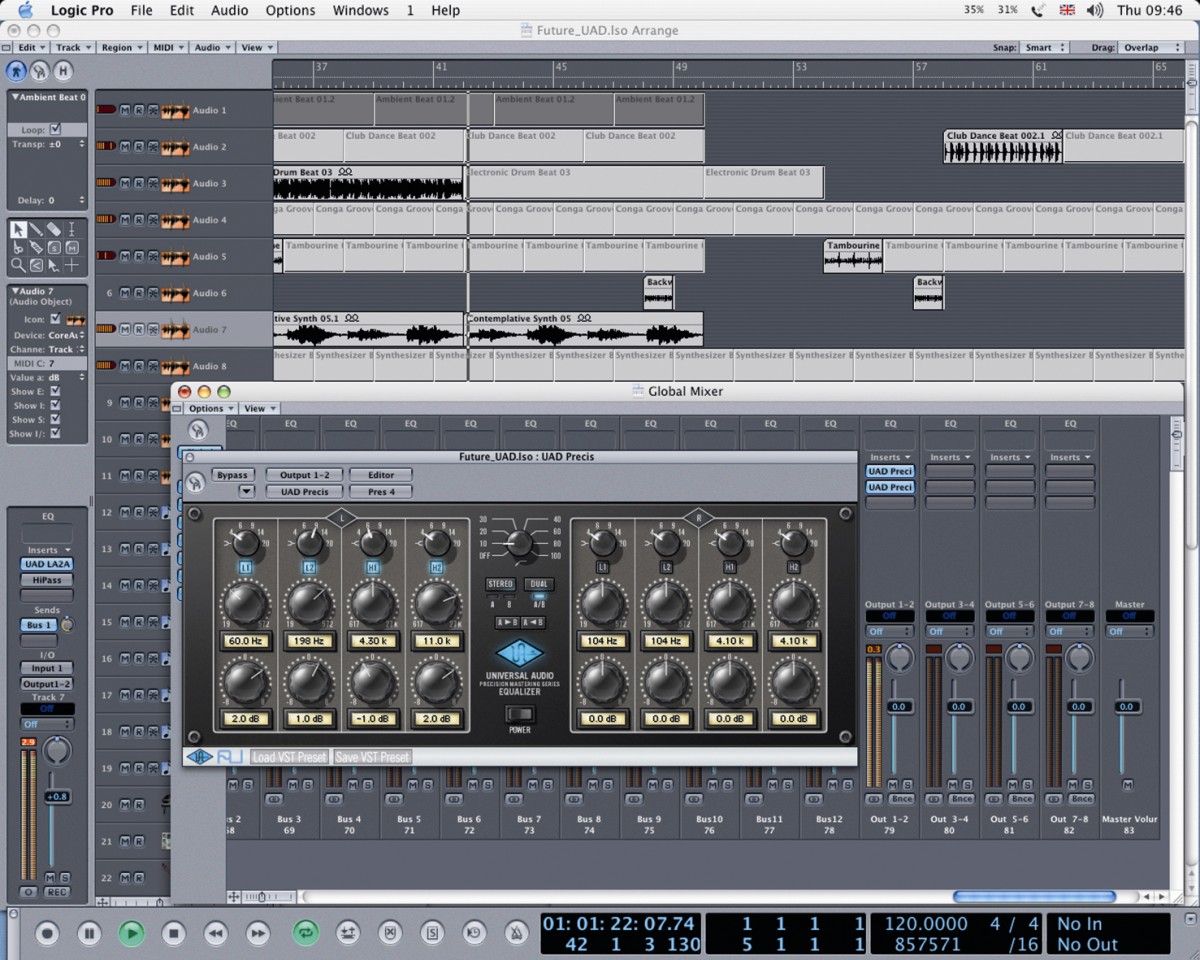
The virtual plates are controlled from the left-hand interface.
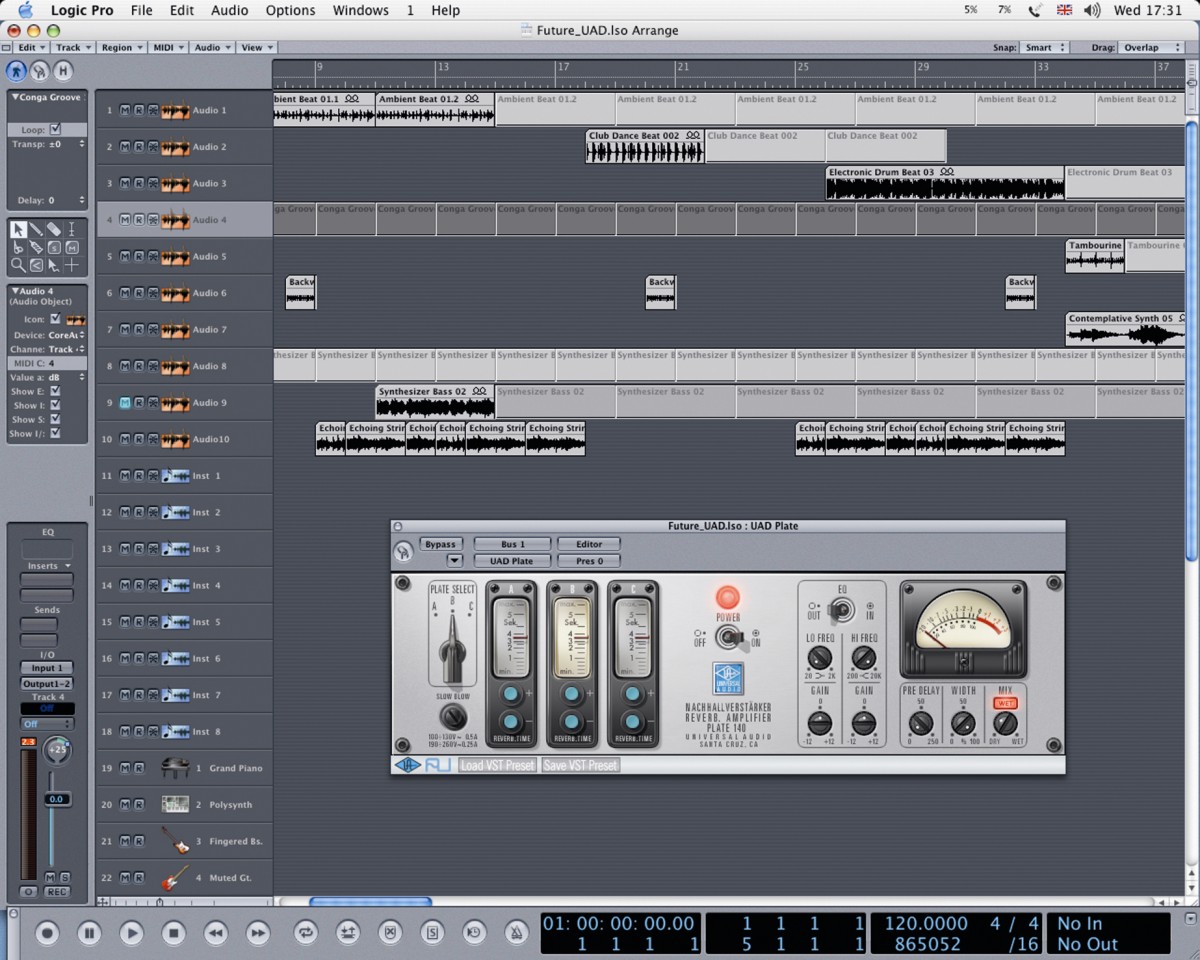
The VU meter represents the output level.
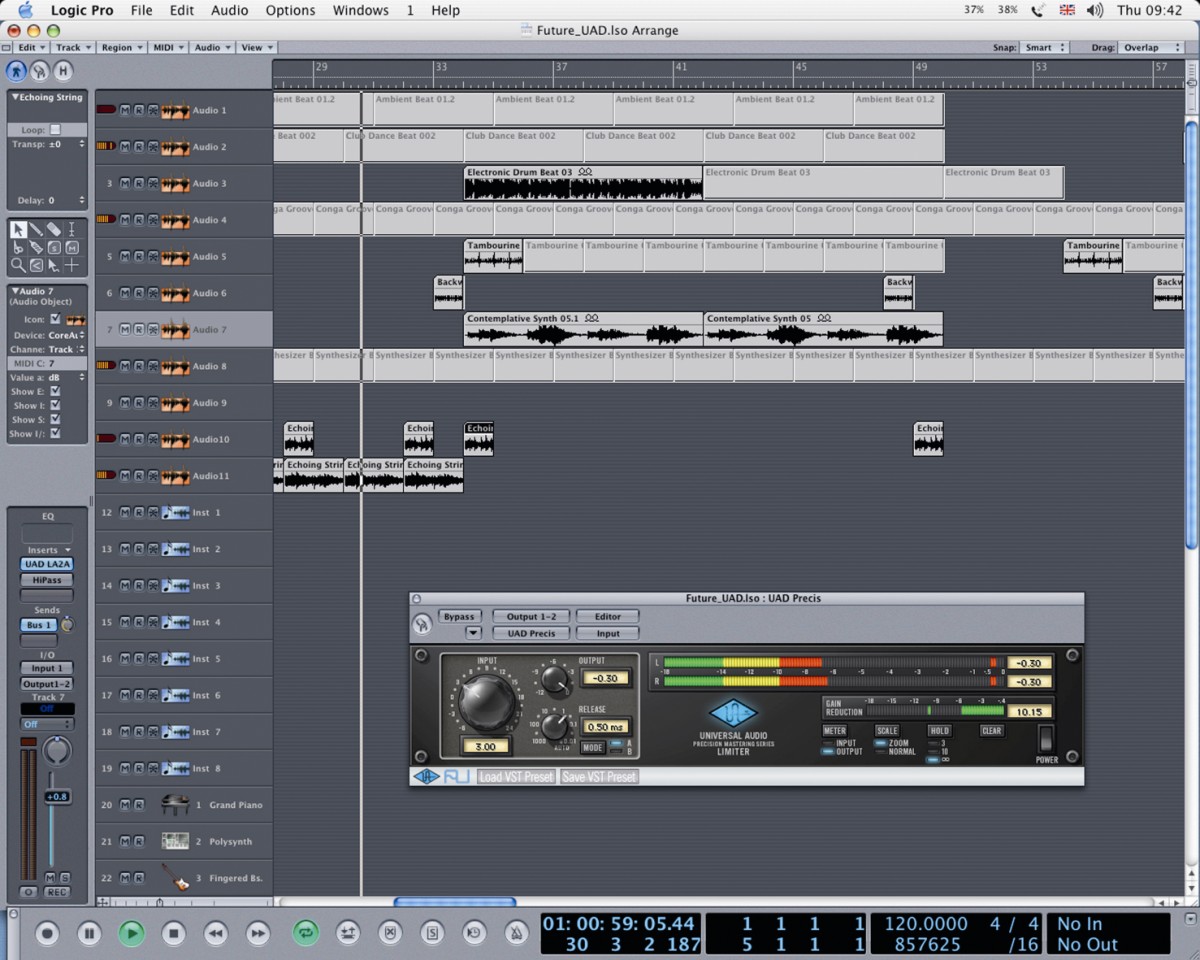
Pre-Delay, Width and Mix controls help define a Plate's sound.
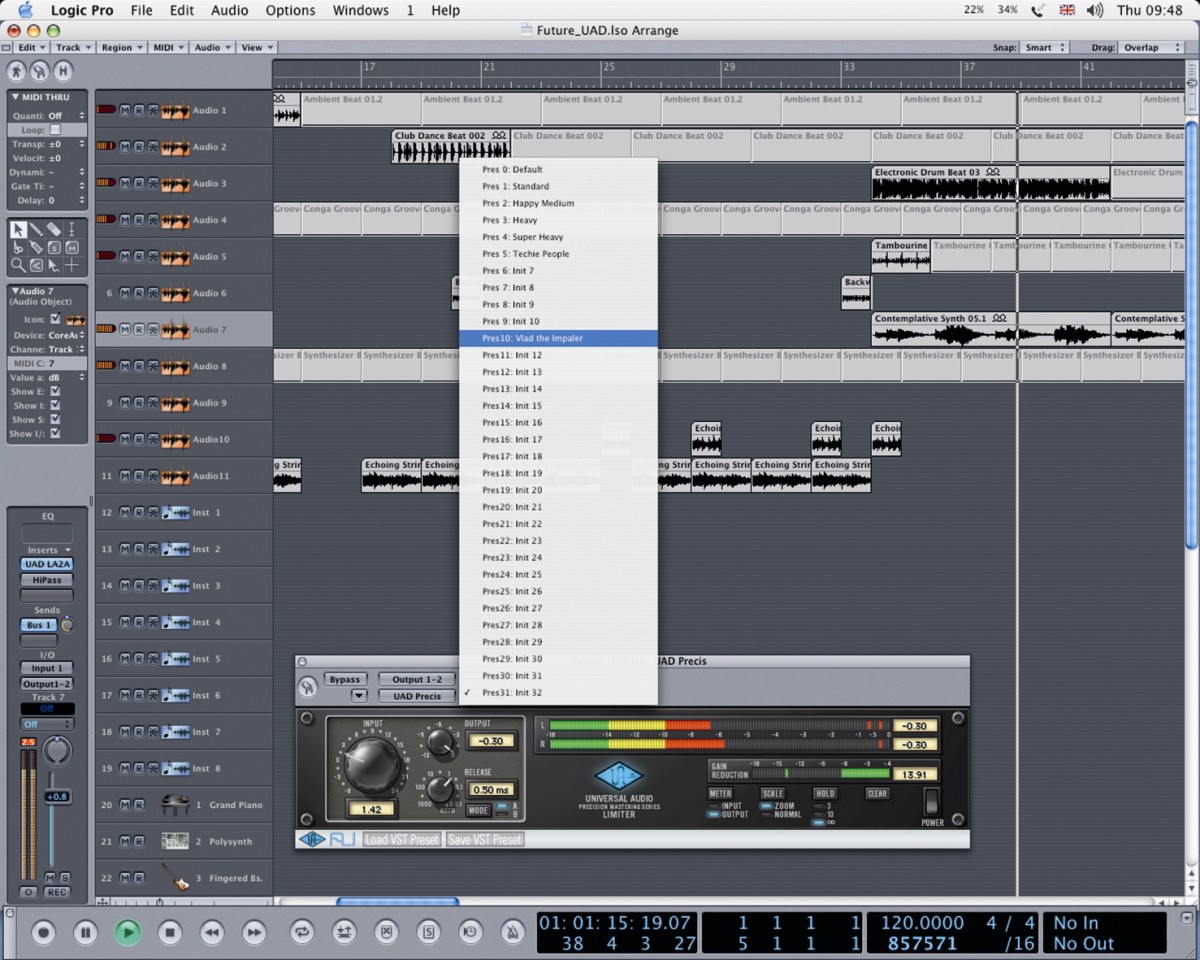
Reverb time meters are marked in seconds.
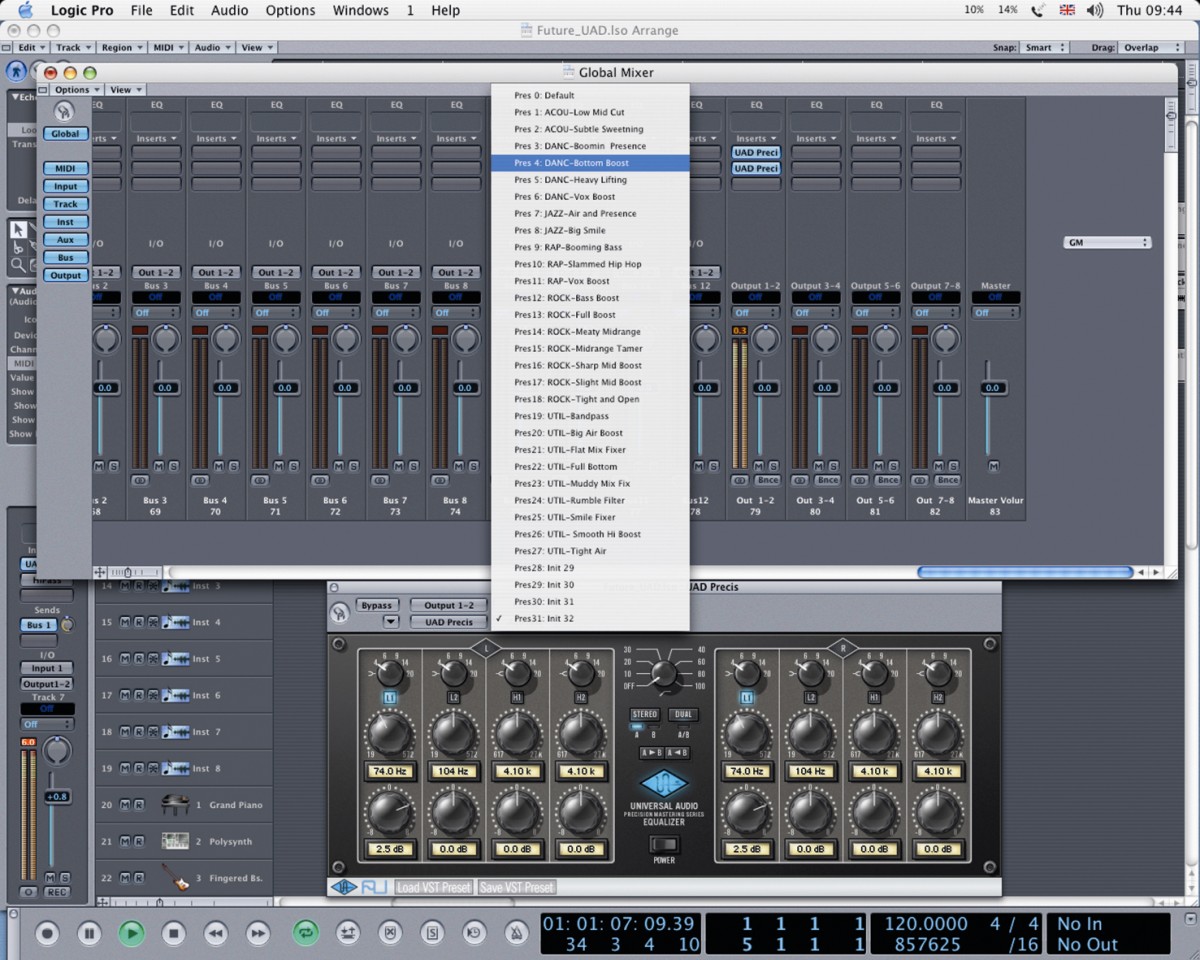
A variety of presets are on offer.
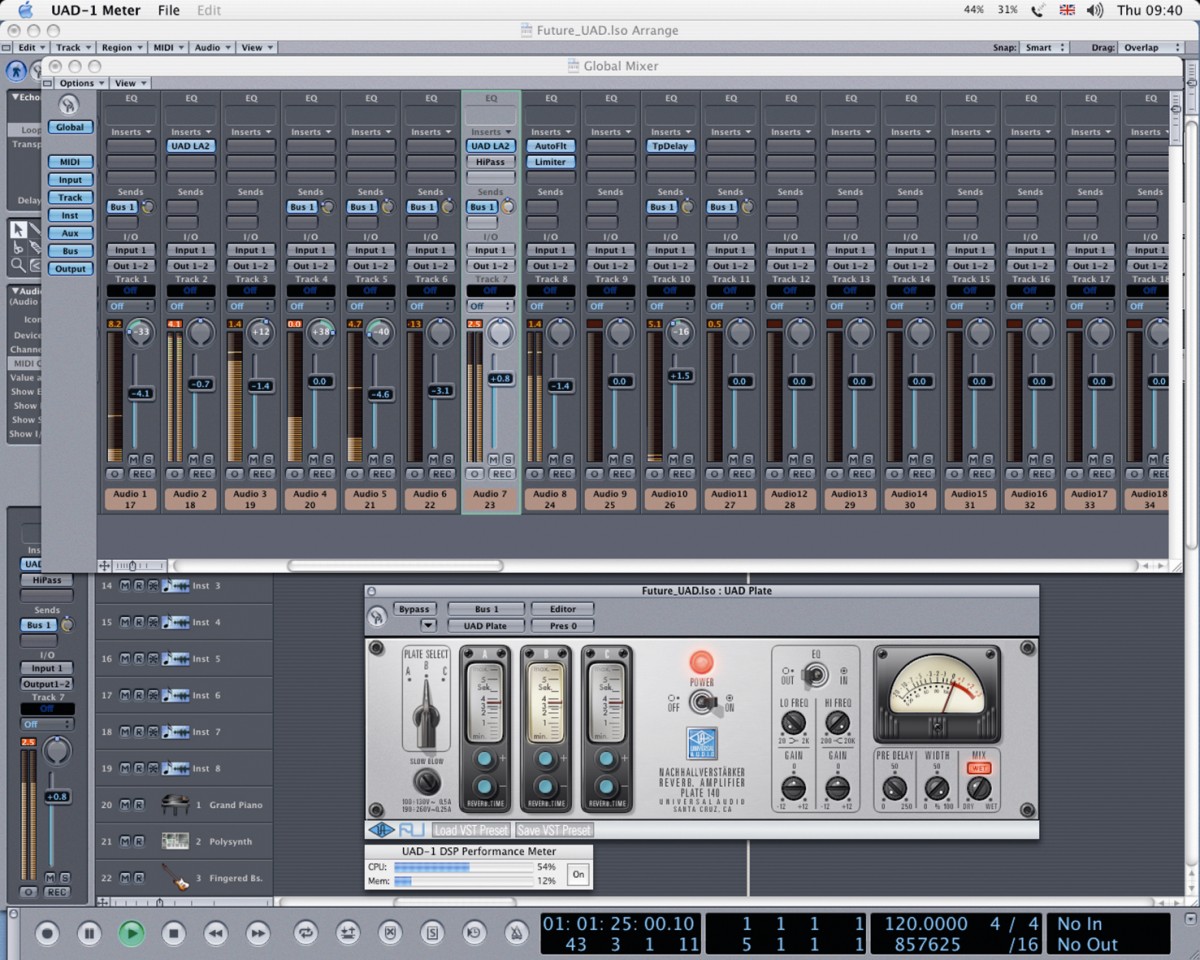
Controlling dials is as simple as dragging up and down.
THE LEGENDARY (AND enormous) EMT 140 plate reverb was originally introduced by German company EMT in the late 1950s. Its lush, distinctive tone was an instant success, the haunting echo of its resonating metal plate suiting just about every kind of music, from drum tracks to vocals. However, as with most vintage gear, genuine plate reverbs are expensive both to acquire and to maintain -- and their sheer size means they are impractical for many home studios.
Luckily, for UAD-1 users at least, Universal Audio have come up with a faithful software homage to the look and sound of those original reverb beasts. They took three different EMT 140s from the Plant Studios in Sausalito, California, and analysed and modelled their behaviour in painstaking detail. And the end result is a near-perfect plate reverb sound.
The three virtual plates are controlled through the A, B and C windows on the left-hand side of the interface. To the right is the EQ section (Lo and Hi frequency shelving controls with separate gain knobs), the reverb shaping controls (Pre-Delay, Width and Mix) and finally the VU meter, representing output level. And that's pretty much it, except to say that the two sides of the plug-in operate completely independently of one another.
Details
The reverb time meters are marked in seconds, from 0.5-5.5, in intervals of 0.1 seconds. Controlling the dial is as simple as dragging it up and down, or using the green +/- buttons, and the window of the active plate glows a suitably vintage "yellowed-with-age" colour to indicate which one you're using.
Having settled on a plate and reverb time, the Pre-Delay, Width and Mix controls help define its character. Pre-Delay affects the time between the dry signal and the onset of reverb, ranging from 0-250ms, while the Width knob controls the stereo image, from mono at 0 to super-wide stereo at 100%. Finally, the Mix dial covers everything from 0% (dry signal) to 100% (wet processed signal only), with the Wet button above putting the plug-in into 100% wet mode regardless of the dial's position.
In use
Listening carefully to each plate, having first balanced the wet/dry mix, the original sound and the effect seem to meld together beautifully. The algorithms do a superb job of replicating the rapid-response reverberations of a real plate and all three variations on the theme presented here sound terrific. Even better, they place no burden on your computer's native processors.
Each plate also uses a unique algorithm and thus sounds markedly different from its neighbours. This means auditioning a few presets (they've got cracking names such as Plate Of Beef and Deaf In The Left) is a useful exercise in getting a handle on their respective characters. In a nutshell, the sound gets darker and deeper as you move from A to C.
Want all the hottest music and gear news, reviews, deals, features and more, direct to your inbox? Sign up here.
If there's any criticism, it's that there's very little in the way of visual feedback in numerical terms, on the Pre-Delay and Width dials for instance. Also, these dials are a tad small and awkward to control.
These are minor quibbles, though, and barely detract from the quality of the sound. Plate reverb doesn't suit everything, all the time, but it's definitely an indispensable effect for any musician's toolbox. That's why every reverb unit, whether software or hardware, includes a plate simulation -- and the Plate 140 is one of the best you'll hear.
MusicRadar is the number one website for music-makers of all kinds, be they guitarists, drummers, keyboard players, DJs or producers...
- GEAR: We help musicians find the best gear with top-ranking gear round-ups and high-quality, authoritative reviews by a wide team of highly experienced experts.
- TIPS: We also provide tuition, from bite-sized tips to advanced work-outs and guidance from recognised musicians and stars.
- STARS: We talk to musicians and stars about their creative processes, and the nuts and bolts of their gear and technique. We give fans an insight into the craft of music-making that no other music website can.
